
This question really gets to the heart of why foot health matters far beyond the feet themselves. Your feet serve as the foundation for your entire body, influencing posture, movement efficiency, and even joint health. When your feet are strong, supple, and properly aligned, they provide a stable and responsive base that supports optimal biomechanics throughout your entire musculoskeletal system. On the other hand, if your feet are weak, misaligned, or constrained by conventional footwear, compensations arise—often leading to discomfort, imbalance, and even chronic pain in the knees, hips, and lower back.
One of the most profound ways foot health affects overall body alignment is through posture. When your toes are allowed to splay the way nature intended and your foot is permitted to sit flat inside your shoe or on the ground, your weight is distributed more evenly, and your body can maintain a more natural, upright stance. In contrast, footwear with elevated heels shifts your weight forward, causing an unnatural forward tilt that forces the rest of your body—particularly your pelvis and spine—to compensate. Over time, this misalignment can lead to issues such as anterior pelvic tilt, spinal tension, and joint wear that affects everything from mobility to long-term joint health.
Movement efficiency is another area where foot health plays a critical role. A well-functioning foot naturally absorbs impact, stabilizes your body, and propels you forward with minimal effort. But if foot function is compromised—whether due to arch collapse, toe misalignment, or reliance on overly supportive footwear—your body must work harder to move, often leading to inefficient gait patterns and increased strain on muscles and joints. Many common issues, such as knee pain, hip tightness, lower back discomfort, and even shoulder tension, can be traced back to compensatory movement patterns that stem from poor foot function.
Beyond biomechanics, foot health influences overall well-being in less obvious but equally important ways. Poor foot function can lead to reduced circulation, nerve compression, and even impaired balance, which affects everything from energy levels to confidence in movement. Conversely, strong, healthy feet promote better proprioception—the body's sense of position and movement—which enhances coordination and reduces your risk of falls and injuries. In this way, foot health doesn’t just impact how you move—it affects how you feel and engage with the world around you.
Restoring natural foot shape and function is about more than just healthier feet; it’s about creating a ripple effect that improves the alignment, efficiency, and resilience of your entire body. By prioritizing foot health—through the use of men's or women's foot-healthy footwear and other helpful footgear (including Correct Toes), foot-strengthening exercises, and mindful movement—you’re not only investing in stronger feet but also in a more balanced, pain-free, and active life. Your feet are the foundation of your body, and when that foundation is strong and properly aligned, everything above it benefits.

WANT TO IMPROVE YOUR FOOT HEALTH?
Let the team at Natural Footgear help you! Subscribe to our newsletter for the latest offers and helpful info, and sign up for our FREE email courses on various topics and foot health conditions.
Sign Up →
Want to Improve Your Foot Health?
We are here to help you every step of the way. Get our newsletter for the latest offers and helpful info, and sign up for our FREE email courses on various topics and conditions, including bunions, hammertoes, neuromas, plantar fasciosis, shin splints, ingrown toenails, and more.
Sign Up →
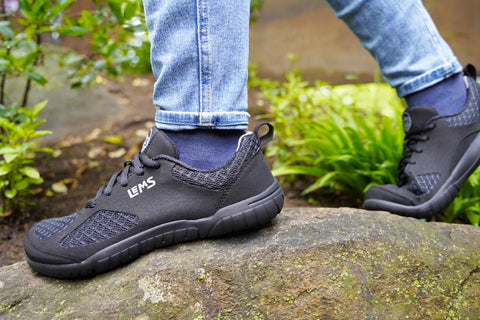 It's important to understand the potential benefits associated with foot-healthy footwear (i.e., flexible-soled, zero-drop, wide toe box shoes, boots, and sandals) for overall foot health and biomechanics in order to get the most out of them. Based on our foot health philosophy and our own personal experience, the top such benefits are the following. Natural Foot Positioning: Foot-healthy shoes position the heel and forefoot at the same height, promoting a...
Read more
It's important to understand the potential benefits associated with foot-healthy footwear (i.e., flexible-soled, zero-drop, wide toe box shoes, boots, and sandals) for overall foot health and biomechanics in order to get the most out of them. Based on our foot health philosophy and our own personal experience, the top such benefits are the following. Natural Foot Positioning: Foot-healthy shoes position the heel and forefoot at the same height, promoting a...
Read more



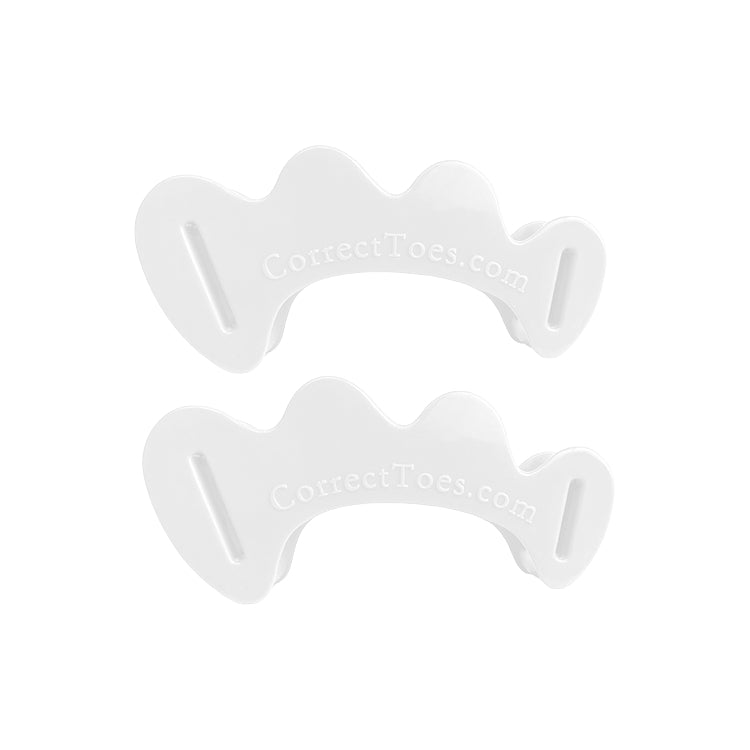
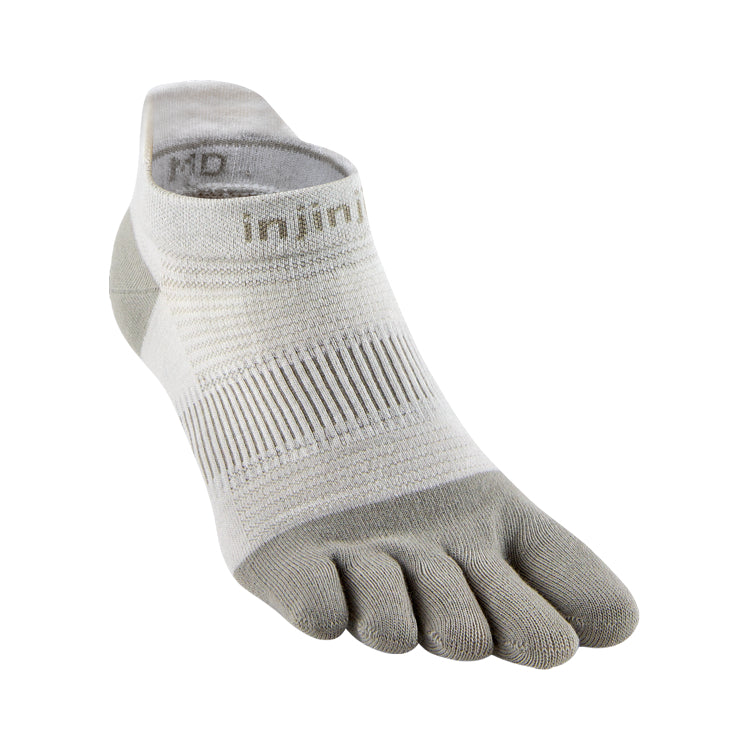
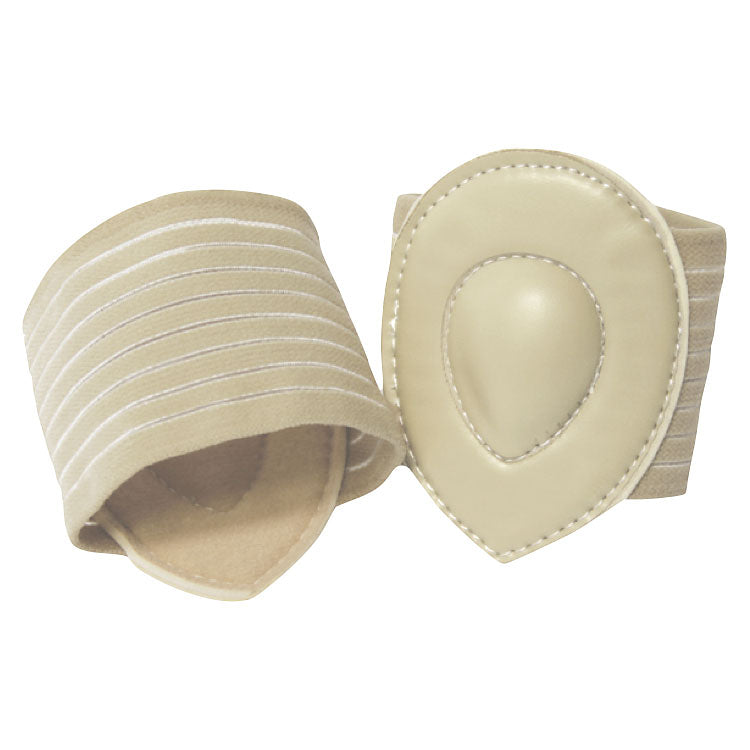
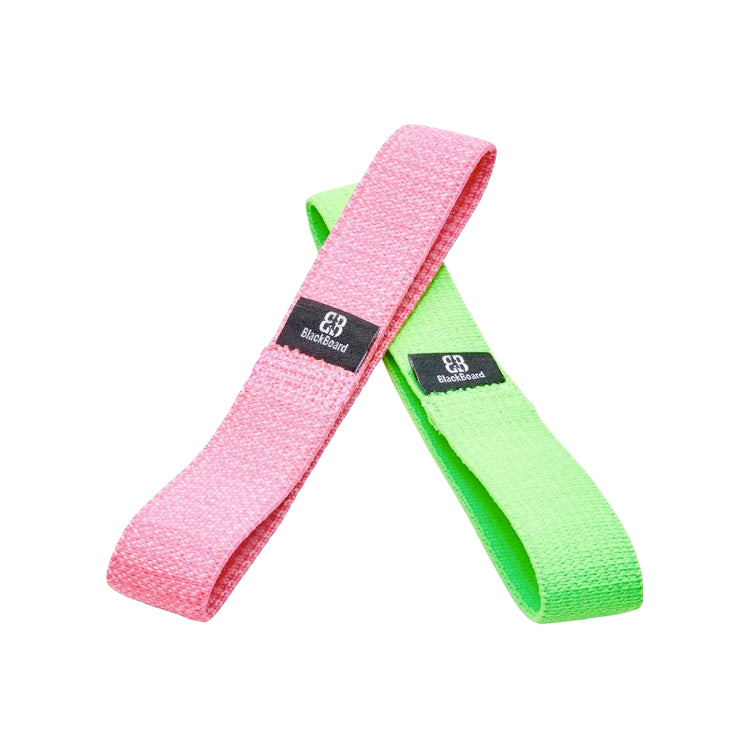
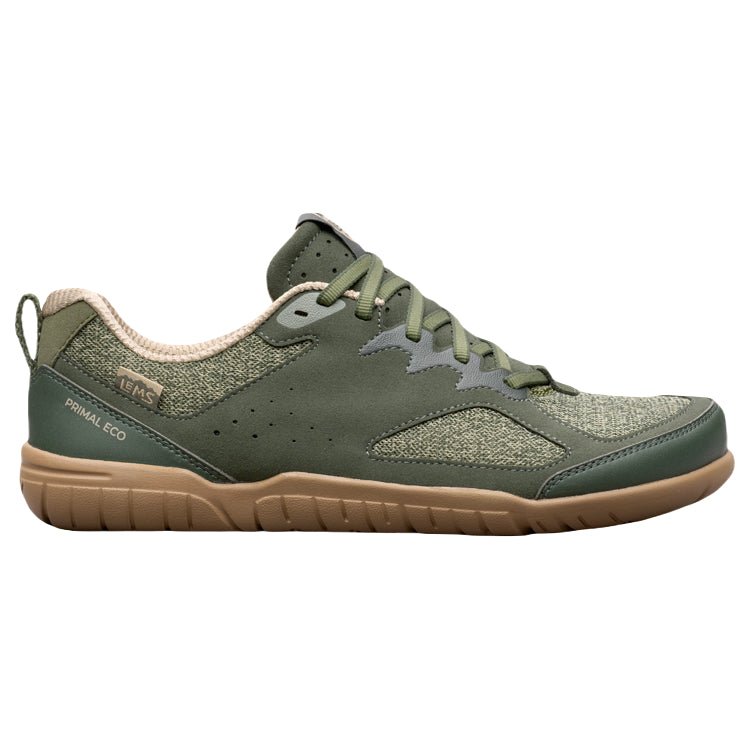
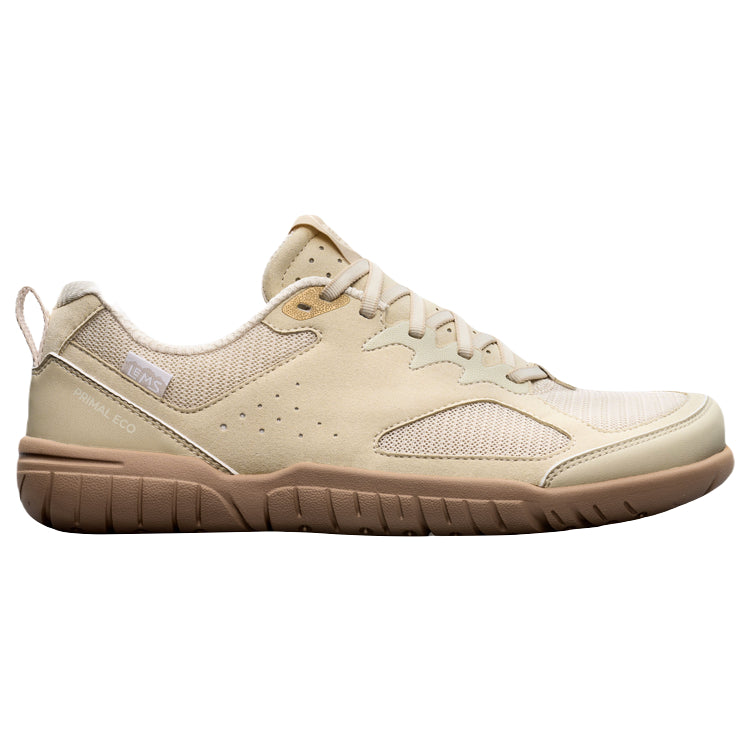

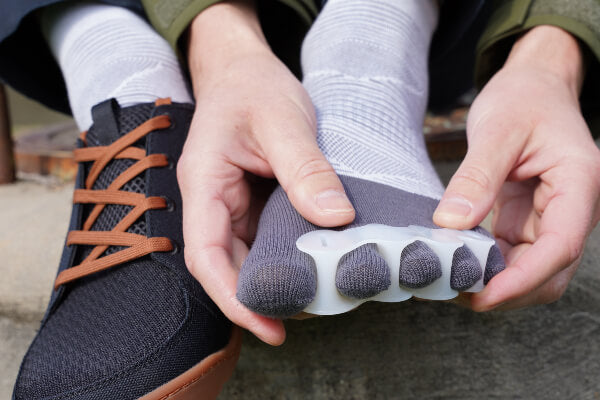

So many people are talking about longevity—and healthspan— these days. What role, if any, do feet play in predicting long-term health and wellness? Can your feet predict your longevity?
Thank you for this excellent and timely question, Kevin! As the conversation around longevity and healthspan gains momentum, it’s worth recognizing that the feet—often overlooked in broader health discussions—play a foundational role in determining long-term vitality and independence. Healthy feet enable natural movement, which in turn supports cardiovascular health, joint mobility, metabolic efficiency, and neurological function. Perhaps even more compelling is the relationship between foot strength, balance, and fall risk—a key concern as we age. Numerous studies have shown that declining balance and reduced lower body function are strong predictors of mortality in older adults. So in that sense, the condition of your feet can absolutely provide insight into your overall trajectory of health and resilience.
At Natural Footgear, we’ve long believed that, in many ways, foot health is health. The ability to walk comfortably, confidently, and consistently—especially into our later years—is not just a luxury; it’s a marker of systemic well-being. Tools like wide toe box footwear, toe spacers, balance training devices, and foot-activating insoles aren’t just about treating pain or preventing deformities—they’re about building a strong foundation for lifelong movement and autonomy. So yes, your feet can indeed serve as an early indicator of your longevity, not in isolation, but as part of a larger story about how you move, engage with your environment, and maintain vitality as the years go by. We hope this answer helps! Please let us know if you have any follow-up comments or thoughts.
Yours in Foot Health,
Drs. Marty & Robyn Hughes
I have learned so much about feet and foot health from reading your site, and it makes me question so many other aspects of health. My question is this: In your opinion, what other areas of health (besides foot care) often go unquestioned and need to be readdressed or upended in order for most people to truly achieve optimal well-being?
That is a phenomenal question, Janice! Many thanks for asking about it. At Natural Footgear, our work has always centered on the feet—not just as structures that carry us, but as foundational instruments of human health. Through almost two decades of observing how conventional footwear and foot care have disrupted natural foot function, we’ve come to a clear conclusion: Many widely accepted “health practices” inadvertently harm the very systems they claim to support. And if we’re willing to question long-held assumptions about foot health, it’s worth asking: What other aspects of health are we accepting without scrutiny that deserve a fresh look—and perhaps even a paradigm change?
Diet and movement are perhaps the most obvious starting points. Conventional dietary advice often emphasizes low-fat, processed, or calorie-restricted approaches while ignoring the inherent wisdom of whole, minimally processed foods. Exercise, too, is frequently treated as an isolated chore: Hours spent on cardio machines or repetitive gym routines are considered “fitness,” yet they may neglect the functional, natural movement our bodies evolved for—walking, climbing, balancing, lifting, squatting, and simply being active in ways that preserve joint integrity, muscle strength, and coordination. In both nutrition and movement, we see the same pattern we see in foot health: Interventions that are too abstracted from natural function can produce harm over time.
Posture, sleep, and stress management follow a similar trajectory. Conventional advice often encourages rigid posture, reliance on ergonomic aids, or medications to blunt stress without addressing root causes. Yet our bodies are dynamic systems that rely on fluid movement, restorative sleep aligned with natural circadian rhythms, and healthy stress responses rooted in lifestyle, environment, and social connection. Ignoring these fundamentals, or substituting quick fixes for natural processes, is akin to trying to support the foot with a stiff, ill-fitting shoe—it may seem to help in the short term, but over time it undermines resilience and can lead to all sorts of foot and toe problems.
Many medical and pharmaceutical conventions also deserve scrutiny. Symptom-focused approaches, over-reliance on pharmaceuticals for chronic conditions, and aggressive preventive interventions often treat numbers, not people. True health emerges when we restore balance to the systems that medicine often bypasses: Metabolism, immunity, tissue integrity, and natural repair processes. In short, lasting health is rarely built from masking dysfunction—it grows from supporting natural design. Just as strengthening the intrinsic muscles of the foot restores balance and function, nurturing the body’s innate capacity for healing fosters resilience across every system. The more we align our habits and environments with biological reality, the less dependent we become on external aids to feel and function well.
The through-line here is clear: Just as we advocate for allowing feet to function naturally, the same principle can be applied across health. Diets that honor evolutionary patterns, movement that respects biomechanics, sleep and stress strategies aligned with natural rhythms, and mindful medical engagement all point in the same direction. Questioning convention is not radical—it’s a necessary step toward vitality that lasts a lifetime. At Natural Footgear, we see the body as a whole system, where every choice either supports or undermines natural function. Once we start seeing health in this way, truly lasting wellness becomes not only possible—it becomes inevitable.
We hope this answer helps! Please let us know if you have any follow-up thoughts or comments.
Yours in Foot Health,
Drs. Marty & Robyn Hughes